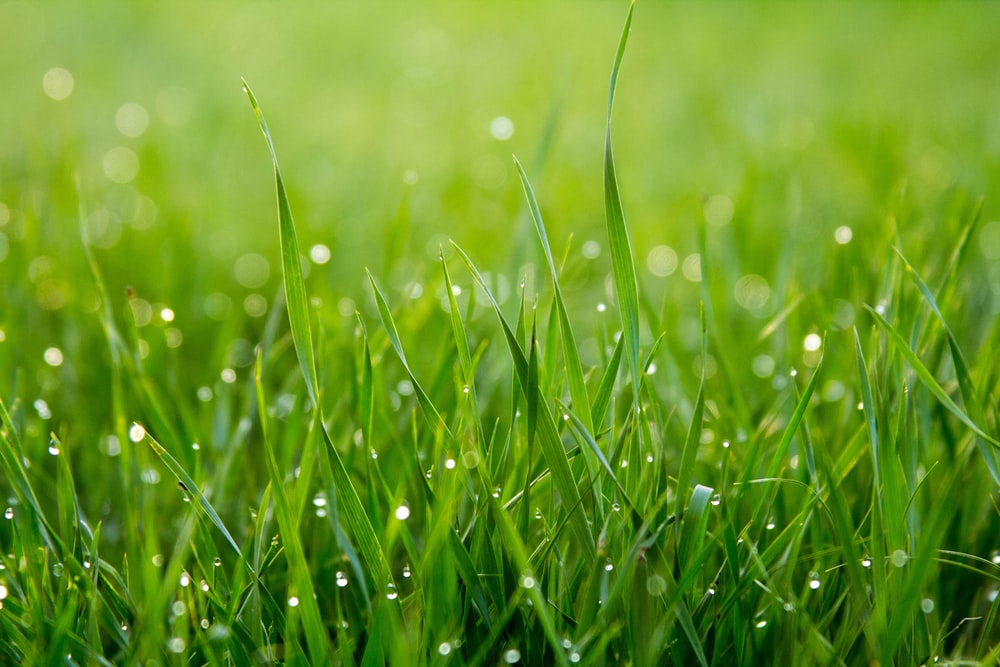Lawn Management Tips
go.ncsu.edu/readext?685870
en Español / em Português
El inglés es el idioma de control de esta página. En la medida en que haya algún conflicto entre la traducción al inglés y la traducción, el inglés prevalece.
Al hacer clic en el enlace de traducción se activa un servicio de traducción gratuito para convertir la página al español. Al igual que con cualquier traducción por Internet, la conversión no es sensible al contexto y puede que no traduzca el texto en su significado original. NC State Extension no garantiza la exactitud del texto traducido. Por favor, tenga en cuenta que algunas aplicaciones y/o servicios pueden no funcionar como se espera cuando se traducen.
Português
Inglês é o idioma de controle desta página. Na medida que haja algum conflito entre o texto original em Inglês e a tradução, o Inglês prevalece.
Ao clicar no link de tradução, um serviço gratuito de tradução será ativado para converter a página para o Português. Como em qualquer tradução pela internet, a conversão não é sensivel ao contexto e pode não ocorrer a tradução para o significado orginal. O serviço de Extensão da Carolina do Norte (NC State Extension) não garante a exatidão do texto traduzido. Por favor, observe que algumas funções ou serviços podem não funcionar como esperado após a tradução.
English
English is the controlling language of this page. To the extent there is any conflict between the English text and the translation, English controls.
Clicking on the translation link activates a free translation service to convert the page to Spanish. As with any Internet translation, the conversion is not context-sensitive and may not translate the text to its original meaning. NC State Extension does not guarantee the accuracy of the translated text. Please note that some applications and/or services may not function as expected when translated.
Collapse ▲ As people are savoring time spent outdoors many are getting out and enjoying their yards. When thinking about managing your lawn it is always best to start with your goals in mind. Whether you want your lawn to be the envy of the neighborhood, or you want to enhance the appearance of the grass species currently present in your lawn we’ve got some lawn care tips for you.
As people are savoring time spent outdoors many are getting out and enjoying their yards. When thinking about managing your lawn it is always best to start with your goals in mind. Whether you want your lawn to be the envy of the neighborhood, or you want to enhance the appearance of the grass species currently present in your lawn we’ve got some lawn care tips for you.
Our Carolina Lawns publication goes into great detail concerning a number of topics related to maintaining an established lawn, as well as tips for establishing a new lawn if that fits your needs. Please find a few key excerpts from this publication below.
Mowing Tips
- Keep the mower blades sharp and balanced. The cleanest cut and best mowing are obtained when the mower blades are sharp. Dull mower blades reduce lawn quality by tearing instead of cleanly cutting the grass. Tearing creates many ragged leaf ends that quickly wither and bleach and are easy ports of entry for disease. Using a sharp mower is especially important for difficult-to-mow grasses, such as zoysiagrass, bahiagrass, and certain types of perennial ryegrass cultivars. A properly sharpened and balanced mower blade will also reduce mower vibration, lengthen mower life, and reduce fuel consumption by as much as 22 percent.
- Mow at the proper height. The frequency of mowing is governed by the desired grass height and by the amount of growth, which depends on temperature, fertility, moisture conditions, season, and the natural growth rate of the grass. In most instances, this may amount to biweekly and weekly mowing. To maintain a high-quality lawn, turfgrass should be cut often enough that less than one-third of the leaf surface is removed with each mowing. The proper mowing heights are presented in Table 1. If the lawn gets too high during wet seasons, raise the mower and cut off a fourth to a half of the present growth. Then lower the mower to its proper height and mow again in a day or two.
Irrigation Tips
- Water in the early morning if possible. This is the preferred time to water because it reduces the risk of disease, water loss through evaporation, and improper water distribution. Also, the demand for water by industry and municipalities is usually low at this time.
- Water established lawns to a soil depth of 6 to 8 inches to encourage deep rooting. Usually, 1 inch of water per week is adequate. Ideally, this would not be applied in one application. Applying 0.5 inch of water every three to four days is adequate for most situations.
- Use cans or a rain gauge to determine how much water is being delivered in a certain period of time. It takes 640 gallons of water to apply 1 inch of water per 1,000 sq. ft. Because clay soils accept water slowly, water should be measured to prevent wasteful runoff. Water clay soils until runoff is about to occur. Wait 30 minutes for the water to be absorbed. Then apply more water until the desired depth or amount is achieved. This same technique can be used on slopes and compacted soils. Few lawns established on clay soils can absorb more than 0.5 inch of water per hour. Sandy soils require more frequent watering. Applying 0.5 inch of water every third day is usually sufficient. Adjust any automatic irrigation system to supplement rainfall so that the lawn is not over-watered.
Lawn Maintenance Calendars
For a more in-depth approach for management of certain turf species we have lawn maintenance calendars detailing management of turf species.
For more information on lawn management, contact your local County Extension Center. For Camden County residents contact Camden County Agriculture Agent Austin Brown at (252) 331-7630 or austin_brown@ncsu.edu.




